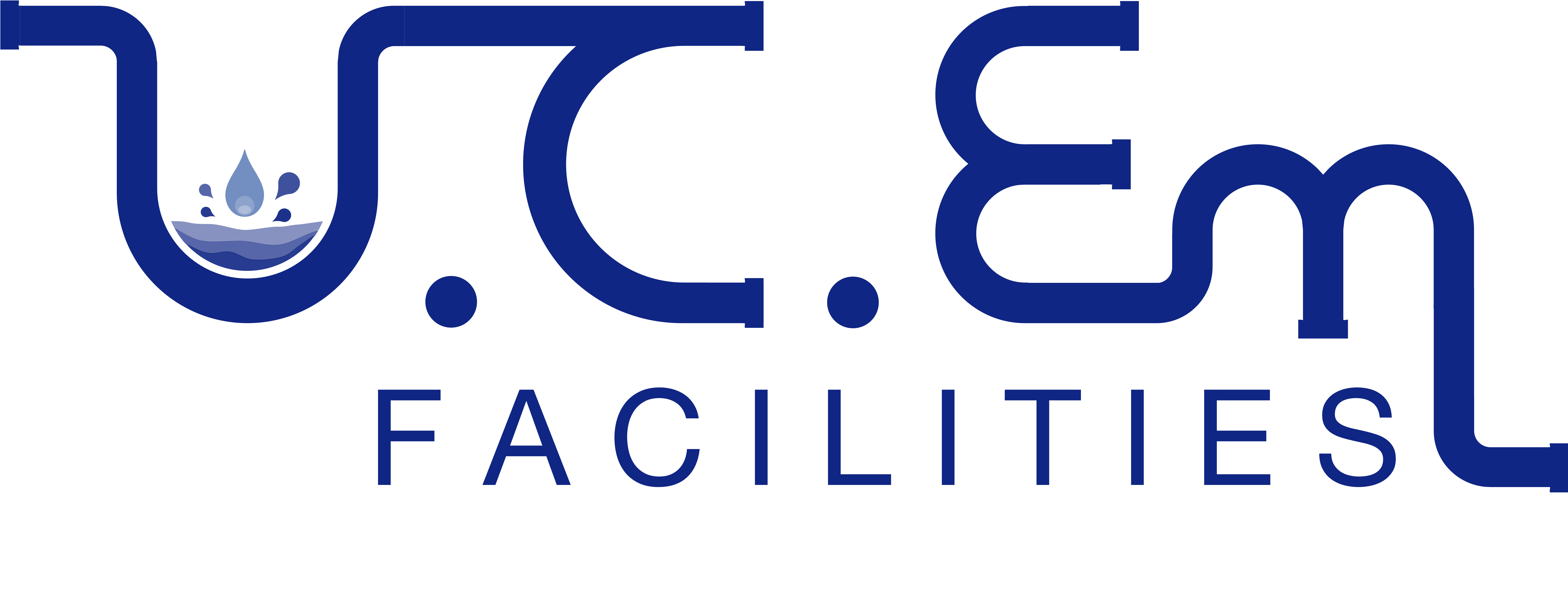In addition to protecting the home from water that might contact the cellar or the floor slab, drainage allows rainwater evacuation. Runoff from rain, groundwater, or a pocket of water in the aquifer can all cause stagnant water.
Drainage is very important for homes constructed on the ground in a depression or whose slope faces the building. Loamy or clay soils generally require adequate drainage. It is advisable to do a soil investigation if there is any question regarding the permeability of the ground before building to prevent further issues.
What variations exist for this operation?
You can use Drainage either preventively or therapeutically. There are several technical options available:
- Exterior drainage, a sump, internal drainage, and removing the gutter causing this kind of repair work frequently damages older properties without foundations.
- Additionally, drainage may be required after wall insulation installation.
- Both inside and outside of structures can be drained.
- During an on-site visit, the technique to be used as well as the depth and size of the drains, are determined.
External drainage also known as peripheral drainage- for clay soils or homes without foundations—is advised. Trenches for the filters are dug sufficiently far from the walls. The most popular materials for drains, which resemble underground gutters, are rigid PVC, porous concrete, and terracotta. A filtering layer increases the effectiveness of drainage on wet ground with significant surges. Depending on how the land is laid out, the water can be directed to a sump created specifically for this use.
Internal drainage may be explored as a last resort when exterior drainage is not feasible, particularly due to the nearby water table. The goal is to evacuate the water to the public network. Perhaps a pump should be added. The casing operation enables cellar cleaning when a traditional drainage method cannot be used. Agricultural land may also be affected by drainage. Soft PVC drains are employed in this situation.
What are the benefits of this procedure?
Drainage has two key benefits: it safeguards the building’s structure and sanitizes the home.
The drainage secures the foundations by assuring the removal of standing water in contact with the walls and floors. This procedure reduces the risk of premature wear and safeguards the retaining walls. Drainage improves indoor comfort by purifying the air in the surrounding area. The benefit is important because humidity can impact health and promote respiratory diseases.
What dangers could arise from a lack of drainage?
Standing water can infiltrate through walls or foundations if there is insufficient drainage. Some impacts are immediately apparent, including capillary rise, the growth of mould, halos, fissures, and indications of moisture on the surface. The basement, removal of internal coatings.
In the end, significant infiltration can jeopardize the building’s very framework.
Why work with us?
There is no doubt that technology has changed our lives. The idea of having handheld supercomputers with access to the sum of human knowledge was too far-fetched for science fiction. These powerful tools have not only changed the way we live but also the way we work. These devices have given small business owners and budding entrepreneurs opportunities that didn’t exist a few years ago.
A big part is how the internet has given people from all walks of life the opportunity to do business. UCEM Facilities oversees the entirety of drainage-related construction and rehabilitation projects. We ensure the completion of all stages and aspects of drainage-related jobs which typically enables good deadlines for the delivery of the works and simplifies the management of the building site.

